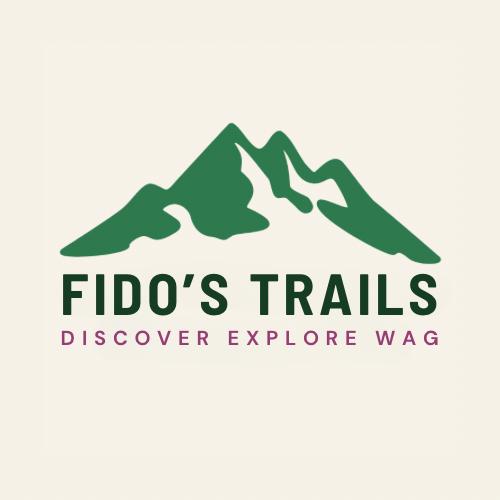
Autumn Hazards for Dogs: What Every Owner Needs to Know
Autumn is hands down our favourite season to get outdoors with the dogs. The air turns crisp, the leaves crunch under our boots, and the countryside puts on its most colourful show. Waterfalls are at their best after the autumn rain, forests glow with golden light, and for our pups, there’s a whole world of new smells to sniff out.
But while the season has plenty to love, it also comes with a few hidden dangers every dog owner should keep in mind. From conkers scattered on the ground to parasites lurking in damp leaves, autumn can throw up risks that might spoil your adventures if you’re not prepared.
Here’s what to look out for on your walks this season.
Conkers and Acorns
They might look like toys lying under trees, but conkers and acorns can cause trouble. If chewed or swallowed, they can upset your dog’s stomach, cause vomiting, or even lead to a blockage. Keep an eye on curious noses when the paths are covered in them.
Fallen Fruit
Autumn is harvest time, but fallen fruit is best avoided on dog walks. Rotten or fermented apples and plums can be toxic, and fermentation actually produces alcohol — not something you want your dog ingesting. Mouldy fruit can also trigger stomach problems, so steer your pup away if you spot any on the ground.
Fungi and Mushrooms
Mushrooms may pop up everywhere in autumn, especially in woodlands. While some are harmless, others are poisonous — and it’s almost impossible to tell the difference at a glance. The safest rule? Don’t let your dog eat or even sniff fungi and mushrooms while exploring.
Slugs and Snails
These slimy critters can carry lungworm, a parasite that can be fatal to dogs. Infection can happen if your dog licks or eats a slug, snail, or even their slime trail. If you live or walk in areas where they’re common, ask your vet about preventative treatment.
Salt on Roads
As temperatures drop, grit and rock salt are often used to keep pavements safe for people. For dogs, though, salt can irritate paws and cause stomach upset if licked. A quick rinse of your dog’s paws after wintery walks is a simple step that can help.
Rodent Poisons
When the weather turns colder, rodent control is used more often. Rat poison is highly toxic to dogs, so be cautious around sheds, barns, or areas where it might have been laid. Always store it securely at home and keep it well out of reach.
Antifreeze
Antifreeze is one of the most dangerous substances for dogs. Tragically, it tastes sweet — making some dogs tempted to lap it up. Always store bottles securely and don’t let your dog drink from roadside puddles, which could be contaminated.
Fleas and Ticks
Don’t assume that parasites disappear when summer ends. Fleas and ticks stay active in autumn and may even head indoors for warmth. Keeping up with flea and tick treatments all year round is the safest way to protect your dog.
Enjoy Autumn Safely
Autumn walks should be about fresh air, roaring waterfalls, crunchy leaves, and enjoying the season together — not unexpected trips to the vet. By staying alert to these common hazards, you’ll keep your dog safe, healthy, and ready for adventure by your side.
